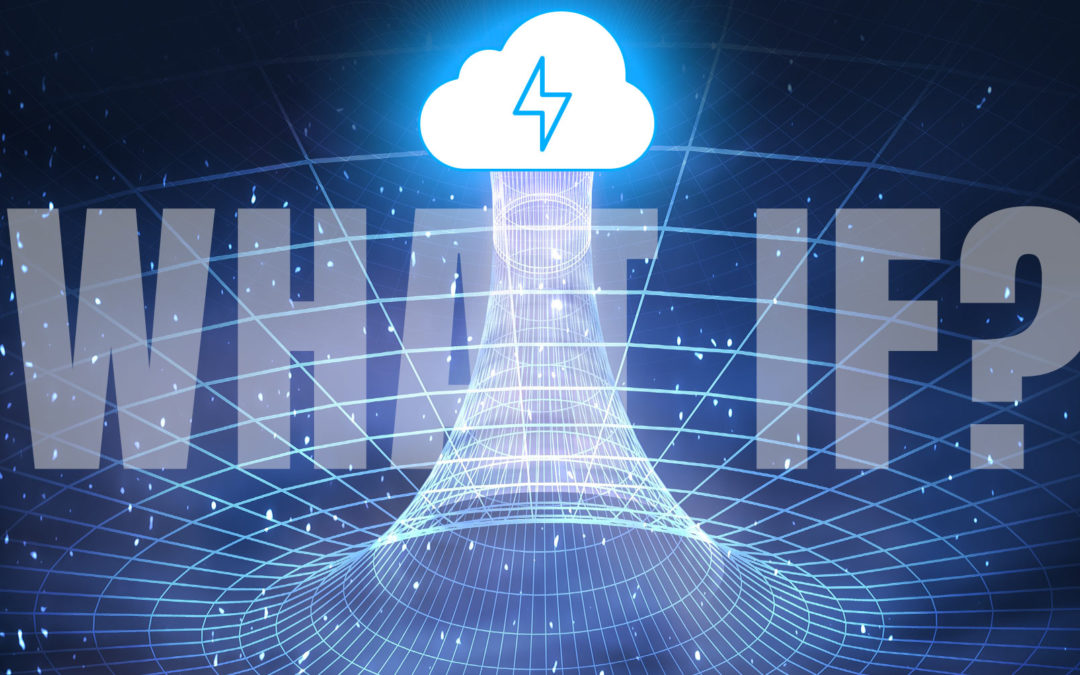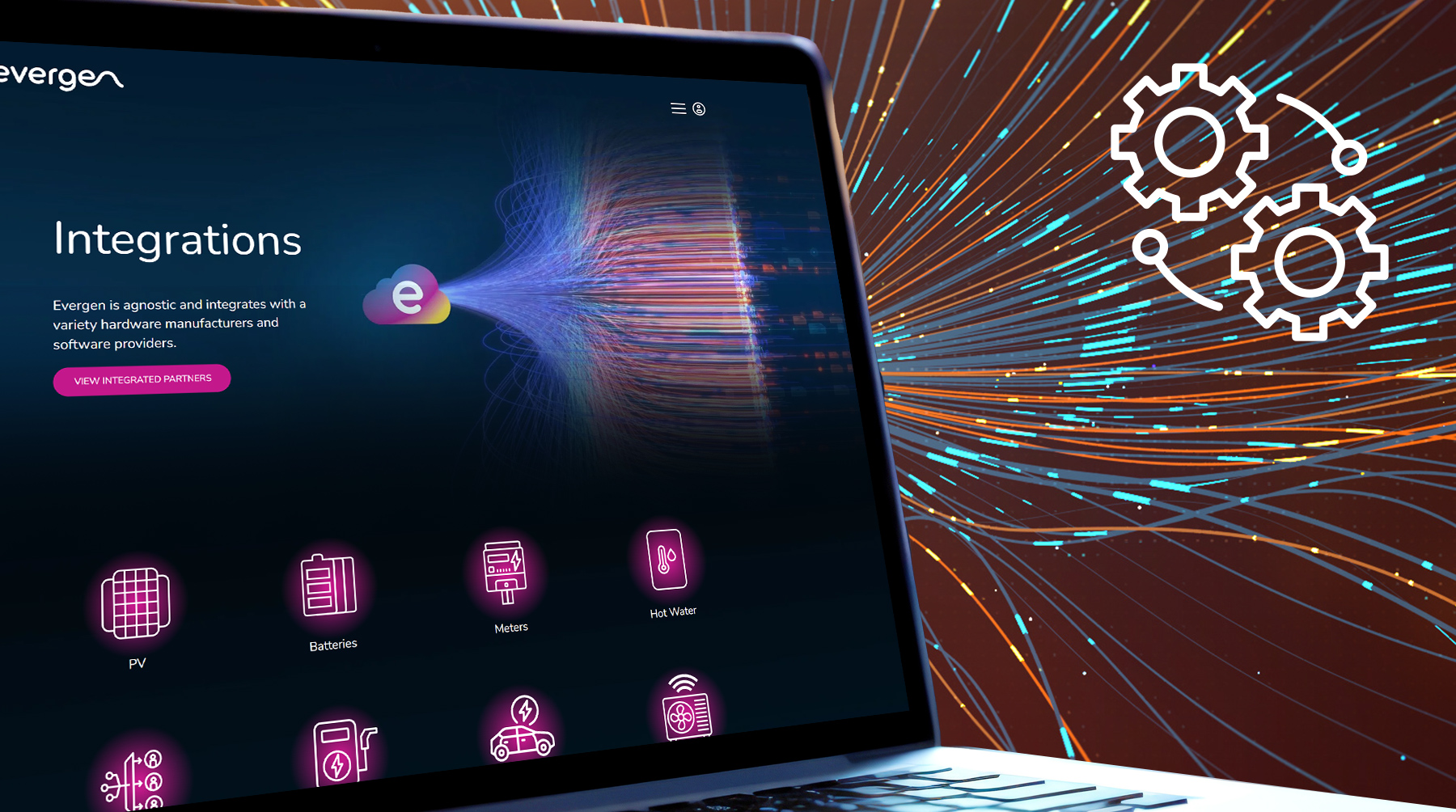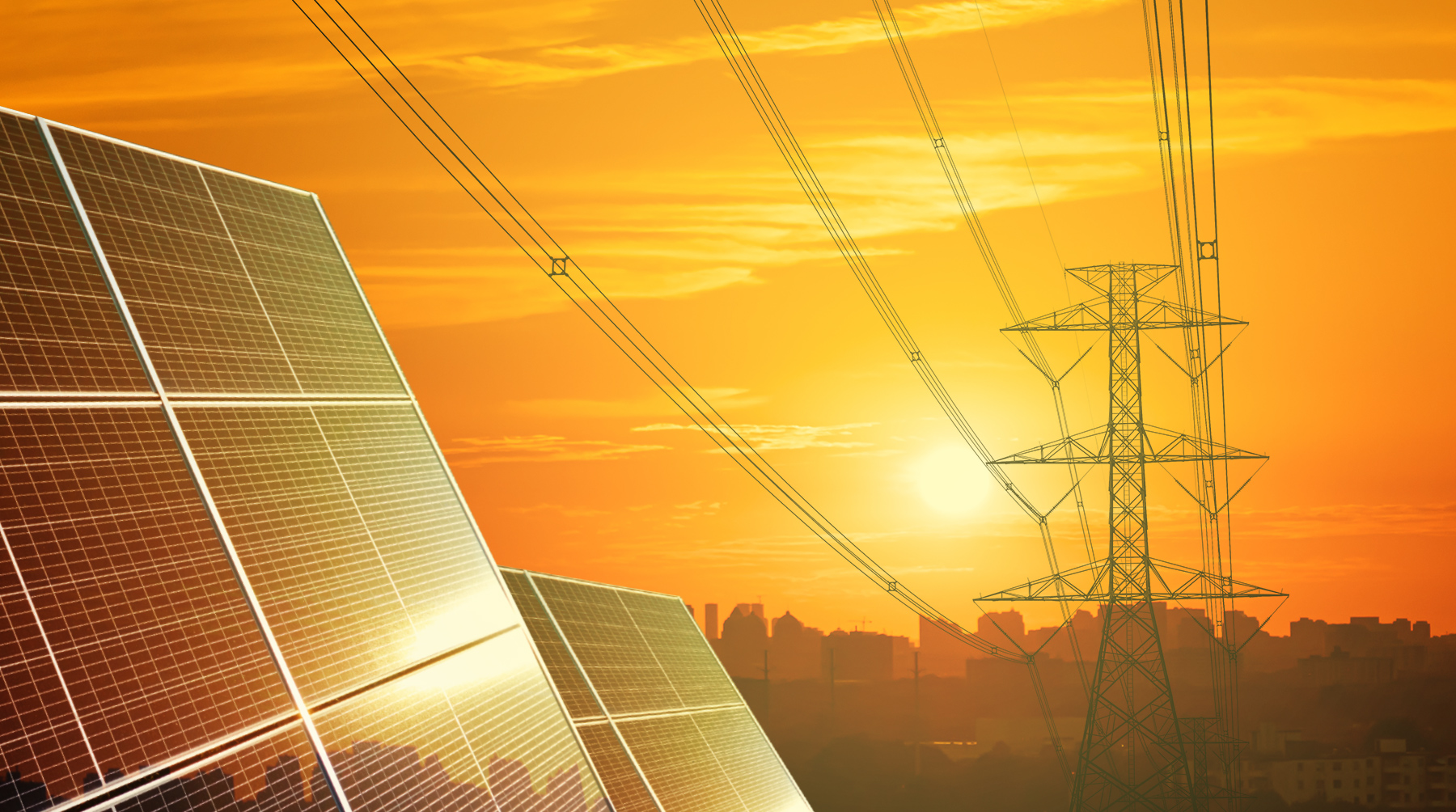Written by Nick McGrath, Chief Technology Officer at Evergen
What if Australia used technology to stabilise the grid?
It would mean Australians would have a reliable source of green power, with little to no risk of outages.
An imbalance in the consumption and production of energy can pose a threat to grid stability. When we produce more energy than we can consume, the energy grid can become overloaded. Conversely, if we consume more energy than we can send to the grid, we risk brownouts and blackouts, because there’s not enough energy to service everyone’s needs.
Renewable energy, by its very nature, is intermittent and seasonal and can therefore exaggerate these issues.
The solution comes back to how we capture and store our renewable energy. I like to use the analogy of water: If each of us only took a shower or had a drink every time it rained, we would find ourselves in trouble very quickly. Instead, we’ve built dams and storage tanks to make sure we’re able to capture and stockpile water when it rains to use whenever we need it. We need to adopt the same mindset and approach with renewable energy.
Batteries simply allow us to store and use all of the energy we produce when we need it.
When people think about batteries, their minds typically go to the lithium-ion batteries you may see strapped to the sides of houses or in EVs. But that’s only the tip of the iceberg. There are all sorts of different ways to store energy and release it on demand. Each of these different energy storage systems has its own use case from powering a car to powering the grid the way hydroelectricity does. There is no one size fits all solution.
Technology though can help us control and deploy these assets quickly and easily to ensure a constant supply of cheap, clean energy for every purpose while maintaining stability in the grid. It’s a win-win.
Unfortunately, we don’t yet have enough batteries at a large enough scale to ensure a reliable supply of renewable power. If we return to the water storage analogy, many of us will know how easy it is to use up the water from a 50-litre tank; it may take just 10 flushes of the toilet. Batteries work in a similar way, which means we need to invest in more batteries, of varying sizes and types. We also need to keep investigating the multitude of new technologies that will help us store and deploy energy cheaply and more reliably.
No one can argue that renewable energy isn’t here to stay, It’s both cleaner and cheaper than traditional energy production. It’s now up to us as a society to facilitate its adoption. That means building the infrastructure and technology to balance and modulate it, so we can ensure a consistent supply into people’s homes and businesses.
Finding the best way to store it with emerging technologies is the key.




